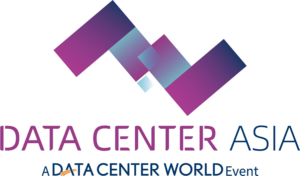As data centers continue to evolve in response to increasing demands for data processing and storage, the choice of networking solutions becomes crucial. One of the most significant decisions facing data center operators is whether to implement optical networking or stick with traditional copper cabling.
By the way, Data Center Asia 2025 is now open for registration with free admission fee for industry visitors. Connect with industry leaders in person and explore the latest innovations in key benefits for data centers.

Higher Bandwidth and Speed
Optical networking provides substantial benefits over traditional copper cabling, primarily due to its higher bandwidth capabilities. Fiber optic cables can transmit data at speeds significantly greater than copper, accommodating the ever-increasing amounts of data generated in today’s digital landscape. In particular, as the Malaysia data centre market expands, the demand for high-speed connectivity grows proportionately. By opting for optical networking, data centers can ensure that they are not only meeting current bandwidth requirements but also future-proofing their infrastructure against the demands of tomorrow’s technologies.
Additionally, the increased speed offered by optical networks enables faster data transmission between servers and storage systems, resulting in improved overall performance. This boost in speed is particularly beneficial for data centers utilizing advanced applications, such as 5G technology and edge computing, which require rapid data processing and low-latency connections.
Enhanced Reliability and Reduced Maintenance
Another significant advantage of optical networking over traditional copper is its reliability and lower maintenance needs. Fiber optic cables are less susceptible to electromagnetic interference, which can lead to data loss and signal degradation. As a result, optical networks provide a more stable connection, which is critical for data centers focused on delivering uninterrupted services.
Moreover, fiber optics generally have a longer lifespan compared to copper cables, meaning that data centers can reduce maintenance costs associated with replacing outdated or failing wiring. In the rapidly evolving Malaysia data centre market, this durability contributes to sustained efficiency and performance, allowing operators to allocate resources to other essential areas within their facilities.
Conclusion
In summary, the comparison between optical networking and traditional copper cabling reveals several key benefits for data centers. From enhanced bandwidth and speed to increased reliability and reduced maintenance, optical networking offers compelling advantages, particularly as the Malaysia data centre market continues to grow. As professionals consider the latest trends and innovations in data center power solutions, attending DCA 2025 will provide invaluable insights and networking opportunities. Participating in DCA 2025 will equip attendees with the knowledge needed to stay competitive in an ever-changing industry landscape.



